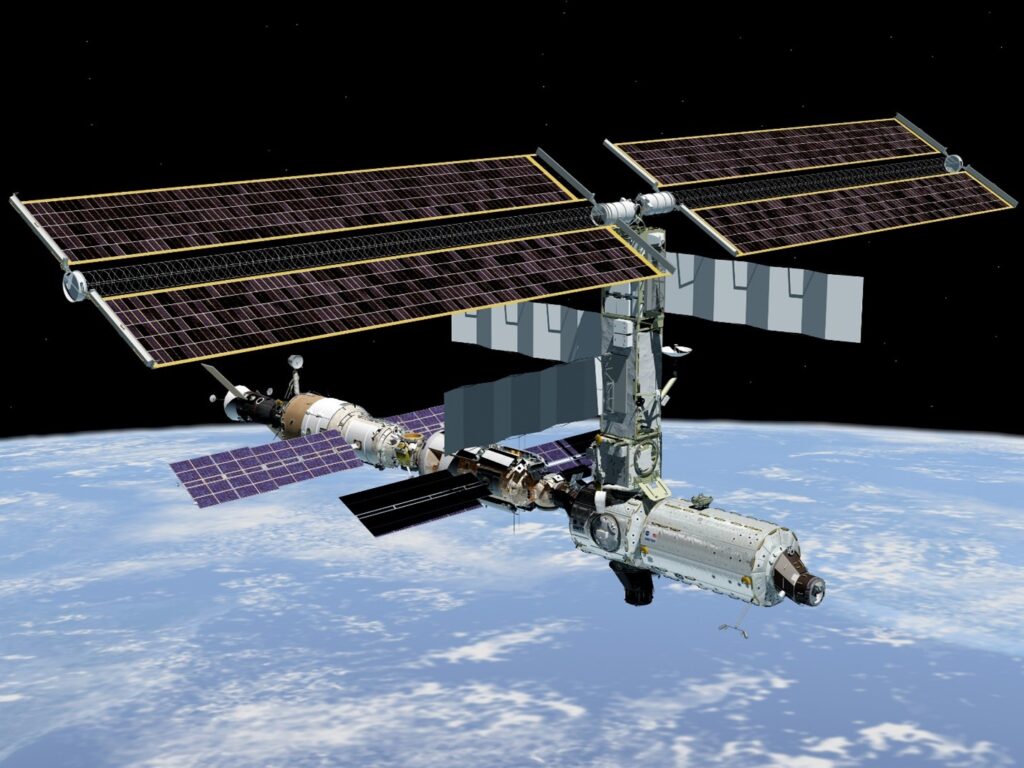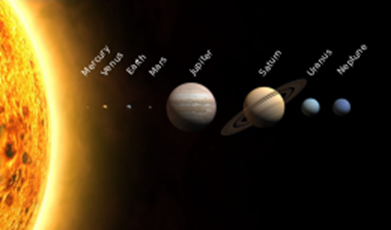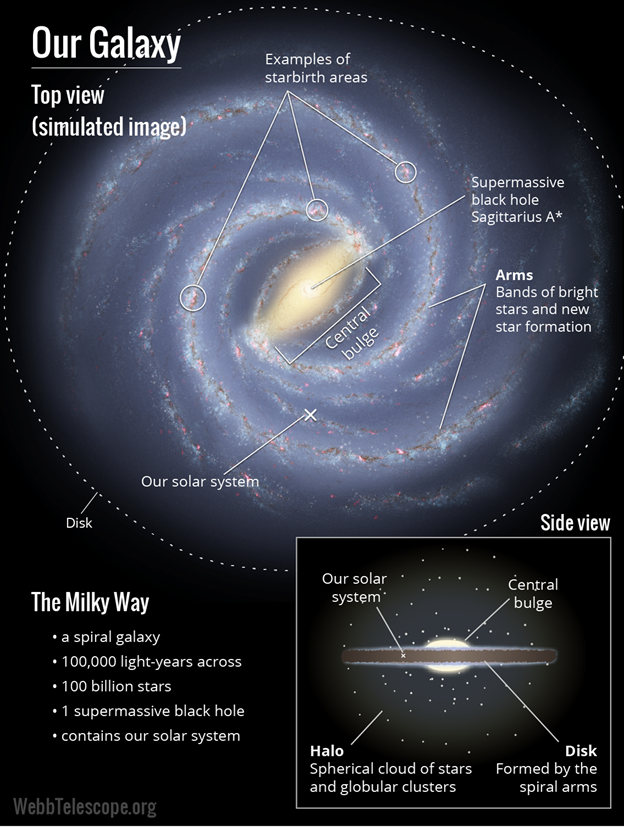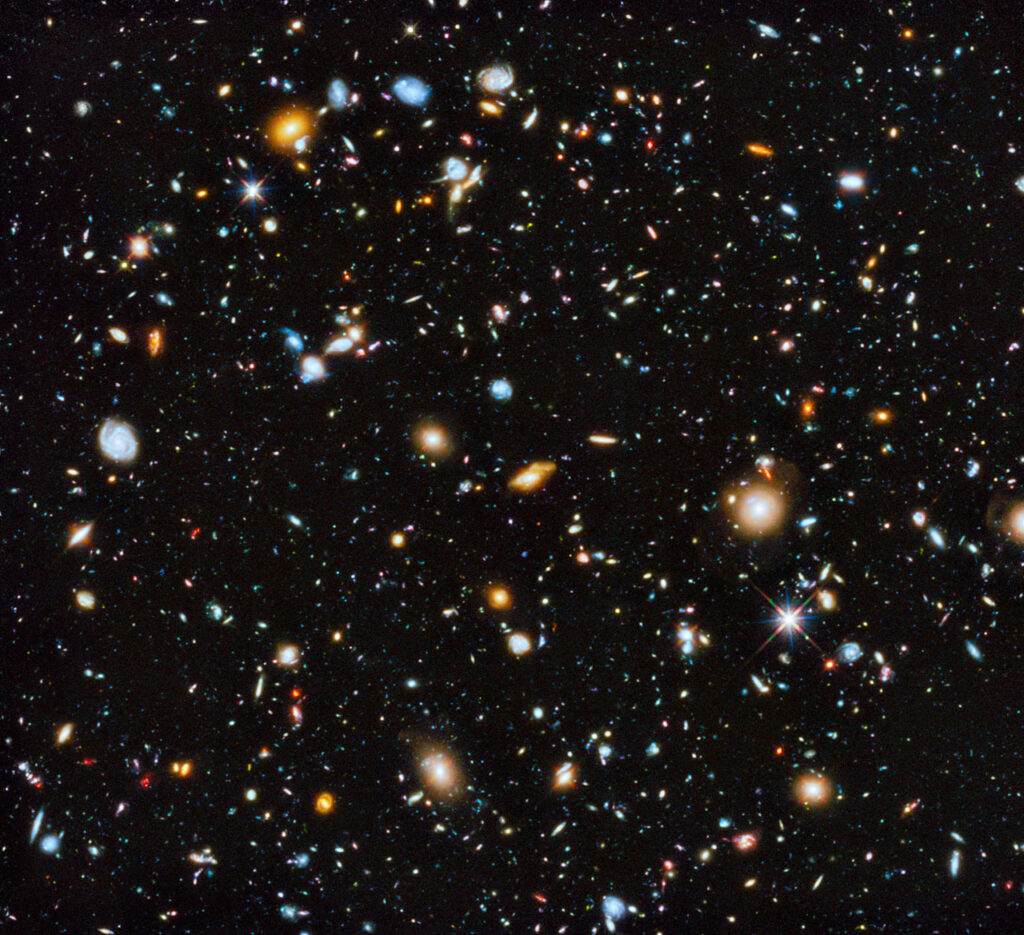How BIG is Big?

Recently, my meditations have focused on the concept of size, especially after learning about the minimal, such as the COVID-19 virus. This virus has an overall diameter of about 0.3 microns, or slightly less. To put that into perspective, that’s approximately 1/100th the diameter of an average human hair.
I wonder how “Big is Big”?
I came across a nice description of the size of our solar system, below.
“Travel Times by Spacecraft Around the Solar System’ from https://spacemath.gsfc.nasa.gov.

The International Space Station orbits Earth at a speed of 28,000 kilometres per hour. In contrast, I drive my car at 100 kilometres per hour. How long would it take to reach other planets in our solar system?
Starting from the sun, as we sit comfortably in the space station, it would take 9.4 days to reach the planet Mercury, the nearest.
.
Much later we would reach Venus 17.8 days later.
We would reach our home planet Earth 24.5 days later,
Red Mars would come into sight 37.5 days since we left the sun.
To approach the first of the giant Gas planets – Jupiter, it would have taken 128.5 days of travel.
Saturn at 1,437 million km would take 236.7 days.
Uranus at 2,871 million Km it would take – 1,3 years to reach.
Neptune at 4,530 million km would be 2.0 years later, after leaving the sun.


To explore our Milky Way Galaxy, we would need to measure distances using the speed at which light travels.
Light will travel 1,079,252,849 km per hour, and in one year, it will have travelled 9.46 trillion kilometres.
To reach the nearest star, Proxima Centauri, it would take light 4.24 Light-Years to get there.
To cross the diameter of the Milky Way would take a 100,000 light-year journey.
For our solar system to make one cycle around the Milky Way Galaxy, it would take 226 million years.
Astronomers using the Hubble Space Telescope have captured the most comprehensive picture ever assembled of the evolving Universe — and one of the most colourful. The study is called the Ultraviolet Coverage of the Hubble Ultra Deep Field (UVUDF) project. Yet, the Milky Way is but one of billions of universes out there!
Each spec is in another Galaxy. The Hubble Ultra Deep Field is seen in ultraviolet, visible, and infrared light. Image Credit: NASA, ESA, H. Teplitz and M. Rafelski (IPAC/Caltech), A. Koekemoer (STScI), R. Windhorst (Arizona State University), and Z. Levay (STScI)



